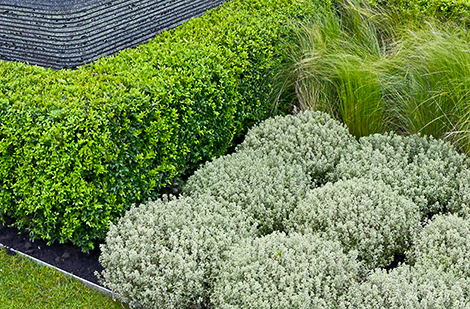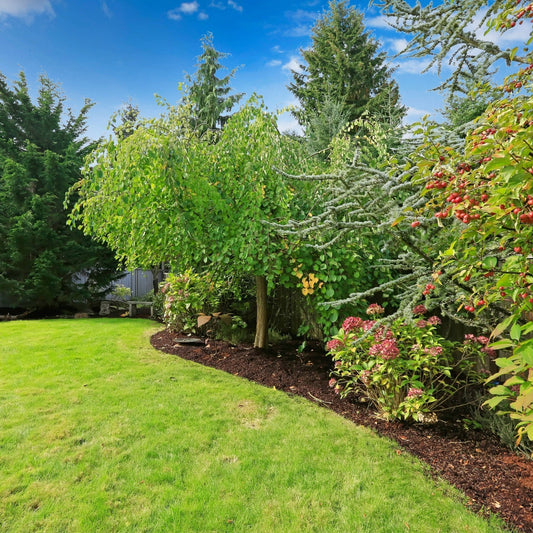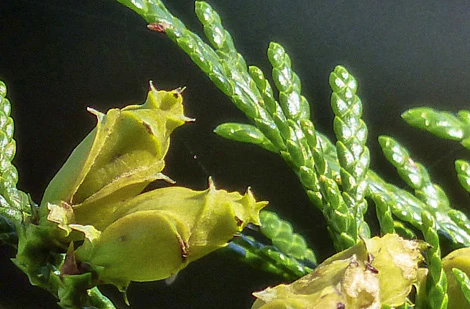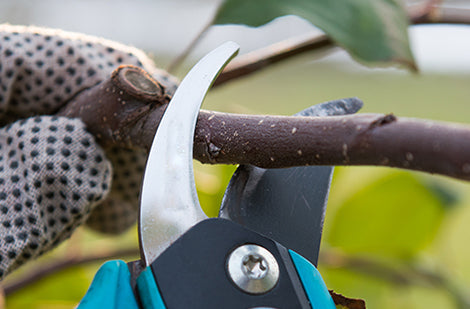Thuja occidentalis 'Nigra'
Nigra' American arborvitae
Nigra' American arborvitae
Exposure
- Sun
- Partial shade
Rusticity
- Intense dark green foliage
- Evergreen - Retains its color in winter
- Narrow columnar shape
- Rustic and adaptable
- Excellent for hedges and screens
Discover the dark elegance and columnar form of the *Thuja occidentalis 'Nigra'*, a highly prized evergreen conifer with an intense dark green colour that retains its hue even in winter. This Eastern White Cedar cultivar is ideal for creating hedges, screens, or as a vertical accent in your landscape design. It's also recognized for its resistance to urban pollution and provides valuable shelter for birds.
Characteristics
- Foliage : The foliage of the *Thuja occidentalis 'Nigra'* consists of small, scale-like needles in a rich, deep dark green. Unlike some other cedar varieties, 'Nigra' retains its vibrant green colour throughout the year, even during the winter months.
- Light : Prefers full sun to partial shade. Full sun exposure will promote dense growth and optimal colour. It tolerates light shade, but foliage density may decrease in shady conditions.
- Habit : Its habit is narrowly upright and columnar, forming an elegant and vertical silhouette in the landscape. It typically grows with a single main trunk.
- Growth : Its growth rate is considered slow to moderate, reaching a mature height of 6 to 9 meters (20 to 30 feet) and a spread of 1.5 to 3 meters (5 to 10 feet).
- Humidity : Prefers average to moist, well-drained soil. It is not tolerant of prolonged dry conditions.
- Soil : Adapts to a wide range of soil types but prefers moist, neutral to alkaline, well-drained loams. Tolerates clay soils.
- Temperature : It is very hardy and tolerates Quebec winters well (Hardiness Zone 3).
- Watering : Water regularly, especially during dry periods, to ensure good growth. Avoid letting the soil dry out completely.
Uses
- Types of Use : Ideal for creating dense and private hedges, privacy screens, as a vertical accent in gardens, or planted as a specimen. It is also suitable for building foundations.
- Decorative Advantages : Its intense dark green colour and columnar form add timeless structure and elegance to the landscape, even in winter. It attracts birds.
Care
- Fertilization : A light fertilization in the spring with a balanced conifer fertilizer can promote healthy growth. Avoid over-fertilizing.
- Pruning : Tolerates pruning well, which is essential for maintaining the shape of hedges and screens. Pruning should ideally be done on new growth around June, trimming only the current season's new growth.
- Planting :
- Distance : For a hedge, space plants 60 to 90 cm (2 to 3 feet) apart. For an isolated specimen, allow sufficient space for its mature growth.
- Depth : Plant at the same depth as the soil level in the original container.
- Period : Spring or fall are the best times for planting, when the soil is cool and moist.
Plant details
Dimensions
Dimensions
Characteristics
Characteristics
Habit:
- Conical
Flowering colours:
Plant needs
Plant needs
Watering:
- Thuya Nigra prefers well-drained soil. Water regularly during dry periods to keep the soil slightly moist
- especially during hot periods. However
- it is essential not to let the soil become constantly soggy
- as excess moisture can lead to root problems.
Maintenance:
- Average
Soil requirement:
- Well drained
- Fresh soil
- Deep
- Even limestone
Features
Features
Resistance:
- Pollution
- Cold
Attract:
- Birds
Use:
- Clump
- Hedge
- Isolated
Attribute:
- Evergreen
- Hedge
- Screen
- Vertical Accent
- Pollution Resistant
- Bird Shelter





Related articles
-

Hedge – other shrubs available
Read the articleCréez une haie mixte, composée de différentes espèces d’arbustes comme le buis, le saule et la spirée japonaise. Donnez du style à la cours arrière.
-

Fall Pruning: Key Steps for Your Trees, Shrubs,...
Read the articleFall is here, but do you know what to prune in your garden? Discover our guide to pruning trees, shrubs, and roses and make sure you take the right steps.
-

Trees and shrubs for small space landscaping
Read the articleHaving an exceptional garden is possible, even in the city! Discover our selection of trees and shrubs perfect for small lots, and transform your outdoor space into a green oasis.
-

Ensure a healthy cedar hedge
Read the articleEntretenir sa haie de cèdres - arrosage, fertilisation, protection hivernale et taille. Peu exigeants, les thuyas résistent bien aux maladies et insectes
-

Pruning cuts for trees and shrubs
Read the articleWe all dream of a tree with well-distributed branches or a shrub full from its base to its top. To achieve this, they must be pruned. There are different types...
-

Cedar hedge : when and how to prune
Read the articleLes conifères n'ont pas besoin de beaucoup de taille, sauf lorsque vous les utilisez comme haies ou topiaires. Apprenez comment et quand tailler.















